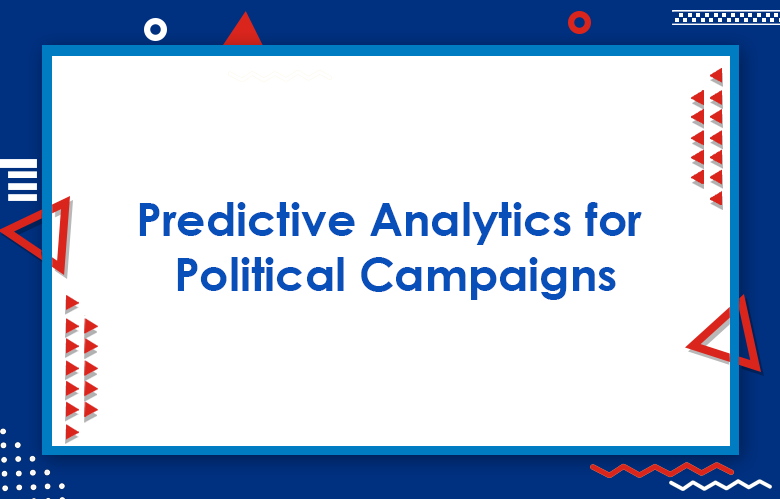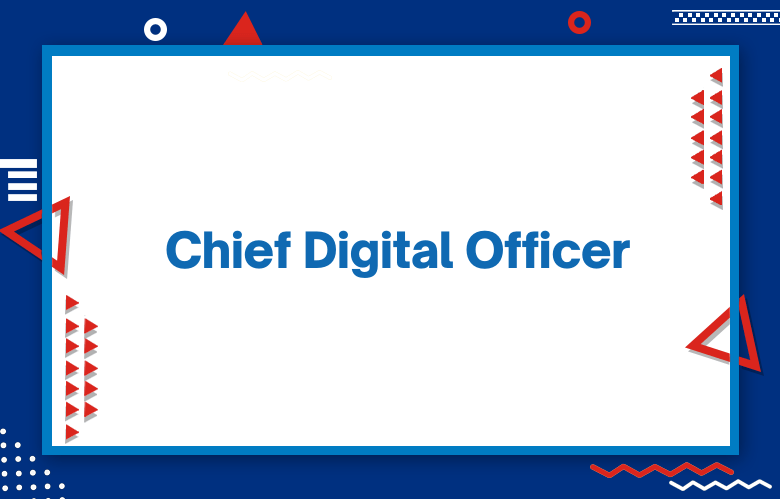Predictive Analytics for Political Campaigns: How Predictive Analytics Impacts Elections?

Predictive Analytics for Political Campaigns: Concerning data analytics, it is required to study and analyze past behavior to predict the future. In the 2008 Presidential Election in America, Obama’s party leveraged the power of data-driven strategy in its political campaign to take first-hand advantage.
A data analytics team of 100 people worked dedicatedly for Obama’s election campaign. This is a classic example of the impact of data analytics in election campaigns.
Data analysis plays a significant role in almost everything from recommending eCommerce products to customers using predictive analytics to electing a candidate for a democratic country.
Obama’s campaign made using data analytics in election campaigns more popular. Data analytics helps in understanding and adapting to voters’ sentiments. Now, let’s figure out how data analytics affect elections and effectively use it in political campaigns.
What Is Predictive Analytics for Political Campaigns?
The question is how political parties can use data analytics and big data tools to engage prospective voters. Interestingly, many political parties are already leveraging the power of data analytics.
It is worth noting that big data plays a vital role in elections across the globe. Elections are a way of change for a nation. It becomes essential for contesting candidates and voters to understand the importance and consequence of big data and predictive Analysis of election results.
How does Predictive Analytics impact elections?
It is expected that predictive analytics will be viewed as a magnet to attract voters as this analytics system will greatly benefit businesses. Amazon is among many top companies in the world that use the power of machine learning, data mining, and big data to predict what the end-user is going to buy and, therefore, keeps its stock ready accordingly.
The process of data analytics also helps make accurate decisions, develop products, and increase revenue. Predictive Analysis is not only limited to its technological advantage for winning electoral battles but also has to offer a lot more than that.
Political Predictive Analysis is a way of understanding voters’ behavior and building respective strategies based on their sentiments and interests.
Technologies like data analytics help address the key issues that matter most to people. Therefore, predictive Analysis and big data can provide a whole new and winning dimension to political campaigns that can benefit the party, the nation, and people.
Campaign Data Analytics Tools
Political parties that use data mining, machine learning, and big data in their campaigning strategies have an edge over those that use traditional methods.
Connecting to voters online, such as on Facebook and Twitter, creates the edge. This helps parties understand voters’ emotions and standpoints.
Indian political parties now use data Analytics to build strategic campaigns, target prospective voters, hire volunteers, and optimize respective channels to reach every voter with a personalized message at their virtual doorstep.
Let’s understand first what data mining is. Data Mining is the process of segmenting and filtering out the correct data from a large online informational warehouse for the proper purpose.
Data Mining uses advanced techniques such as Artificial Intelligence, Statistical Tools like cluster analysis, and neural networks to unfold prevailing trends, relationships, and behavioral patterns that would have otherwise remained uncovered.
Data Mining is the technological way to identify and address the hidden rules underlying the database. It is also referred to as data surfing, and it helps identify insights and patterns from huge repositories.
Big Data Analytics and Predicting Election Results
At the US Presidential Elections in 2012, Big Data Analytics was prominently used. A whopping $7 billion was spent on election campaigning strategies, and 10 percent of that was used in online advertising by the two parties.
Barack Obama and Mitt Romney both had their strategies chalked out. However, the winner executed the campaigning plan better.
It is noteworthy that Obama’s team was fully aware of the importance of Big Data activities and made all the preparations in advance, 18 months before Election Day, to face the challenges and difficulties.
They primarily focused on a single data point repository, and the data metrics were optimized every day. Their data analytics team, too, had skilled recourses compared to the 2008 election campaign.
This plan was a perfect contrast to Romney’s plan. The biggest change the winning political party made here was to shift gears from the traditional way of reaching voters, which merely means sending one broadcast message to the entire country, covering everyone irrespective of gender, age, geography, and any other determinant that can be considered.
This is where big data helps the winning candidate reach the target audience, understand their issues, and engage with the voters according to their tastes and preferences.
It is way smarter to send the right message to the right audience t the right time rather than randomly pushing campaigns. Big Data helps political parties get close to voters and allows them to sendm personalized messages according to their needs.
Election Prediction Using Big Data Analytics
The challenge is to engage and get voters through the power of technology. This now seems easier to do with the advent of modern technology and the rise in the youth population.
In India, 100 million new voters were added in 2014. A large portion of this number is present on social media, which can be leveraged by political parties in data analytics to ideate their political campaigns.
Conclusion
The way elections are fought in modern times has taken on a whole new dimension. The advertising campaigning spent in the 2009 and 2014 Indian elections witnessed a huge jump from $83 million to $300 million, respectively.
The prime reason was the rise in Digital Marketing. Every experienced politician who used instincts and gut feelings for campaigning is now using data analytics to make better political decisions.
Even programmers, engineers, and data scientists have started entering this data analytics field, as it is profitable and requires talented and skilled professionals.
Call: +91 9848321284
Email: [email protected]
Click here for



